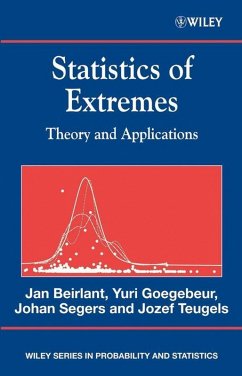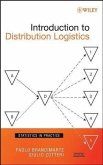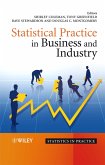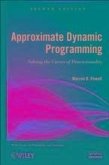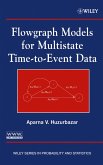Research in the statistical analysis of extreme values has flourished over the past decade: new probability models, inference and data analysis techniques have been introduced; and new application areas have been explored. Statistics of Extremes comprehensively covers a wide range of models and application areas, including risk and insurance: a major area of interest and relevance to extreme value theory. Case studies are introduced providing a good balance of theory and application of each model discussed, incorporating many illustrated examples and plots of data. The last part of the book covers some interesting advanced topics, including time series, regression, multivariate and Bayesian modelling of extremes, the use of which has huge potential.
Dieser Download kann aus rechtlichen Gründen nur mit Rechnungsadresse in D ausgeliefert werden.
"This excellent book provides an overall survey of the most important achievements in the field of extreme value theory." ( Mathematical Reviews , 2005j)
"...a useful reference for researchers wishing to learn more about the analysis of extreme data, including as it does a wealth of information about the topic..." ( Technometrics , August 2005)
"The book is well written and the authors make good use of graphical procedures to illustrate and illuminate their exposition." ( International Statistical Institute , Vol 25 (2), August 2005)
"...a very useful and readable text..." (Journal of the Royal Statistical Society, Vol 169 (1), January 2006)
"...its strengths lie in the combination of the theory and applications." ( Meteorologishe Zeitschrift, April 2007)
"...a useful reference for researchers wishing to learn more about the analysis of extreme data, including as it does a wealth of information about the topic..." ( Technometrics , August 2005)
"The book is well written and the authors make good use of graphical procedures to illustrate and illuminate their exposition." ( International Statistical Institute , Vol 25 (2), August 2005)
"...a very useful and readable text..." (Journal of the Royal Statistical Society, Vol 169 (1), January 2006)
"...its strengths lie in the combination of the theory and applications." ( Meteorologishe Zeitschrift, April 2007)

